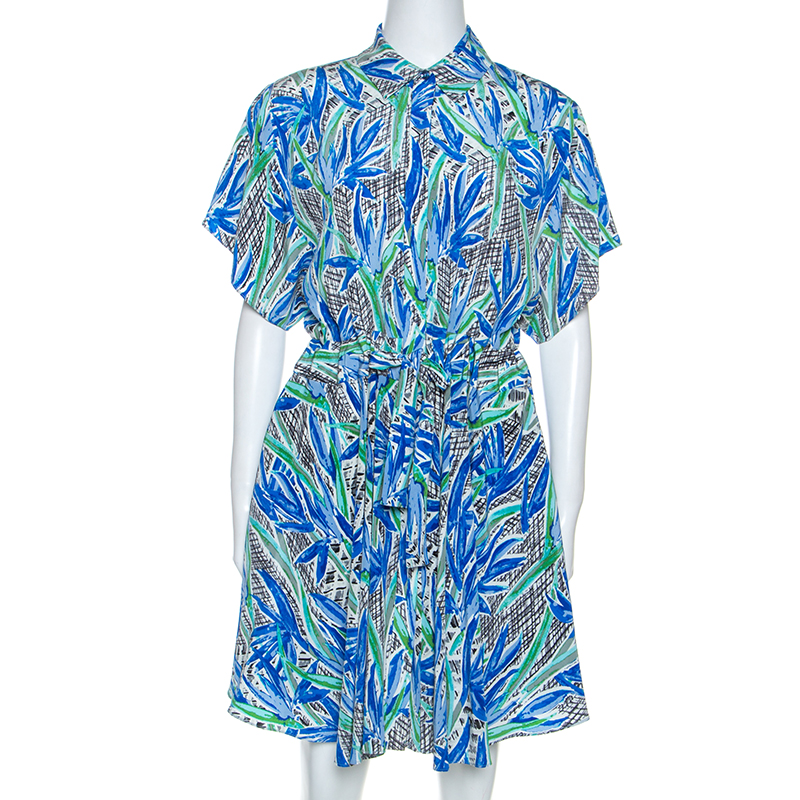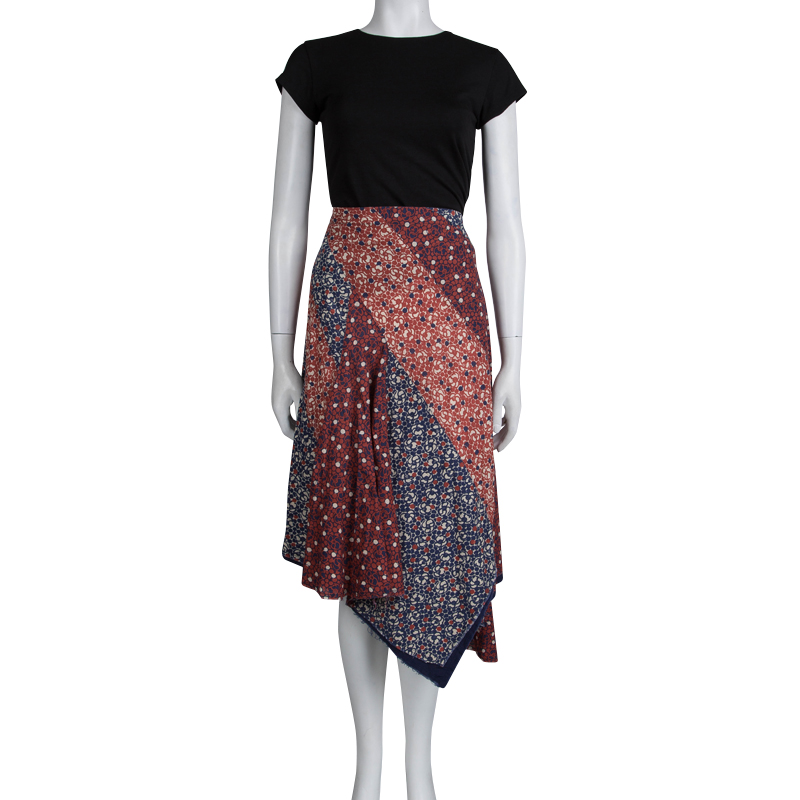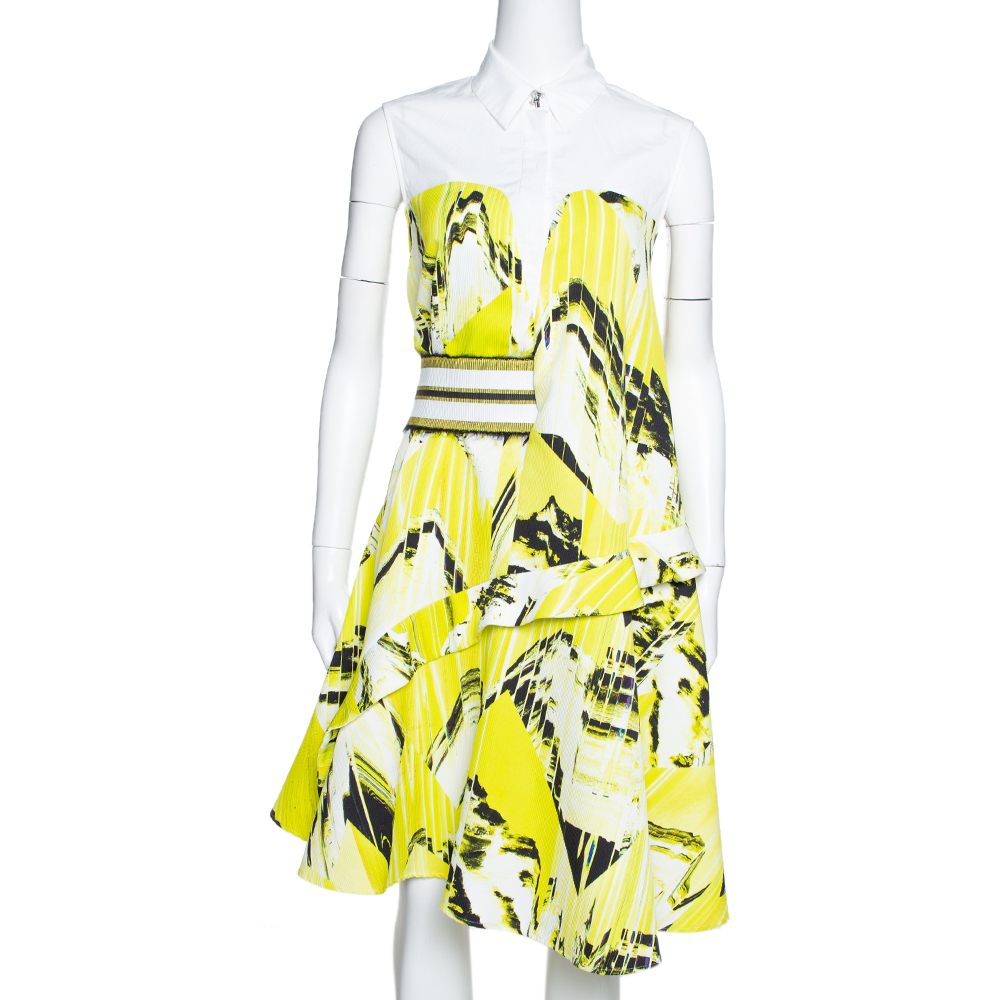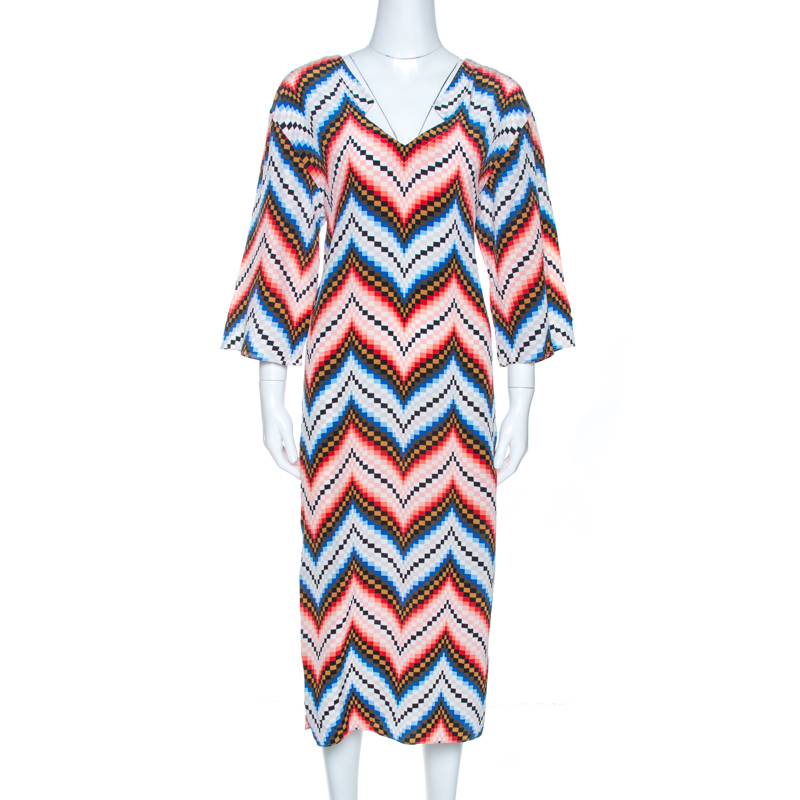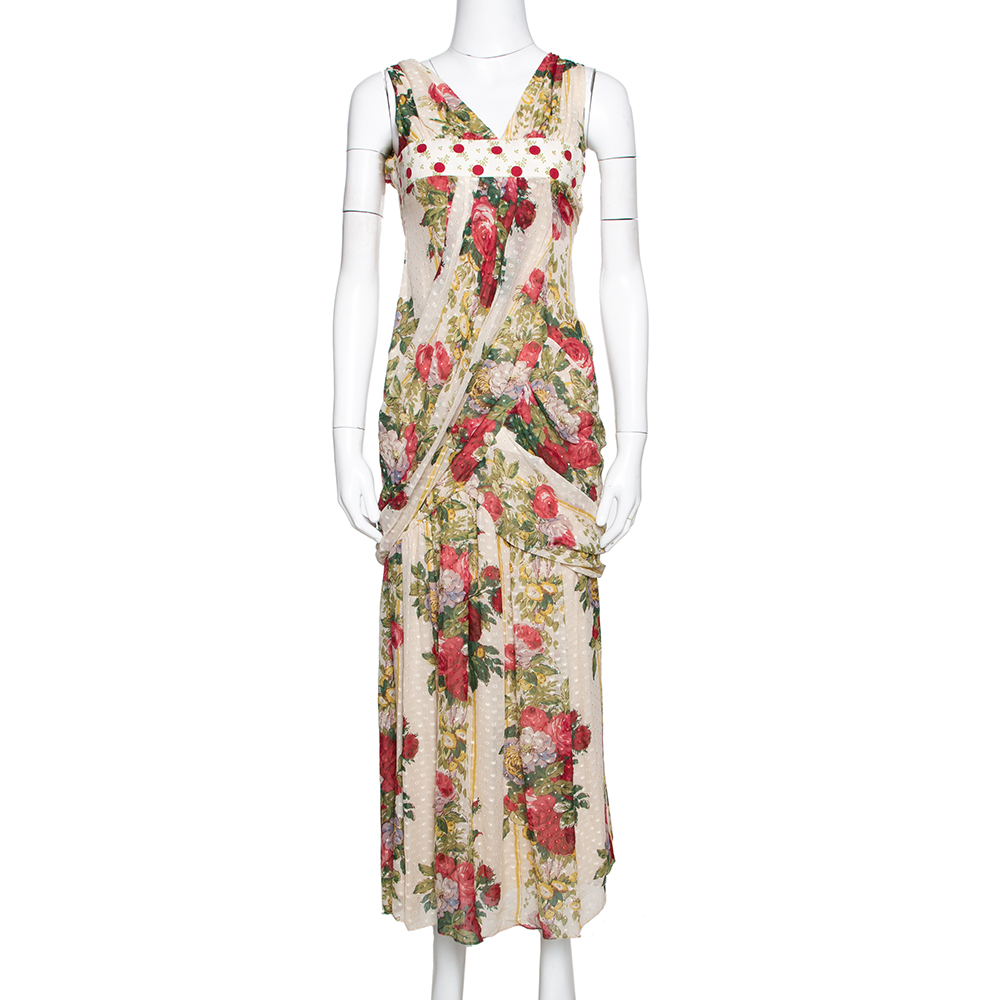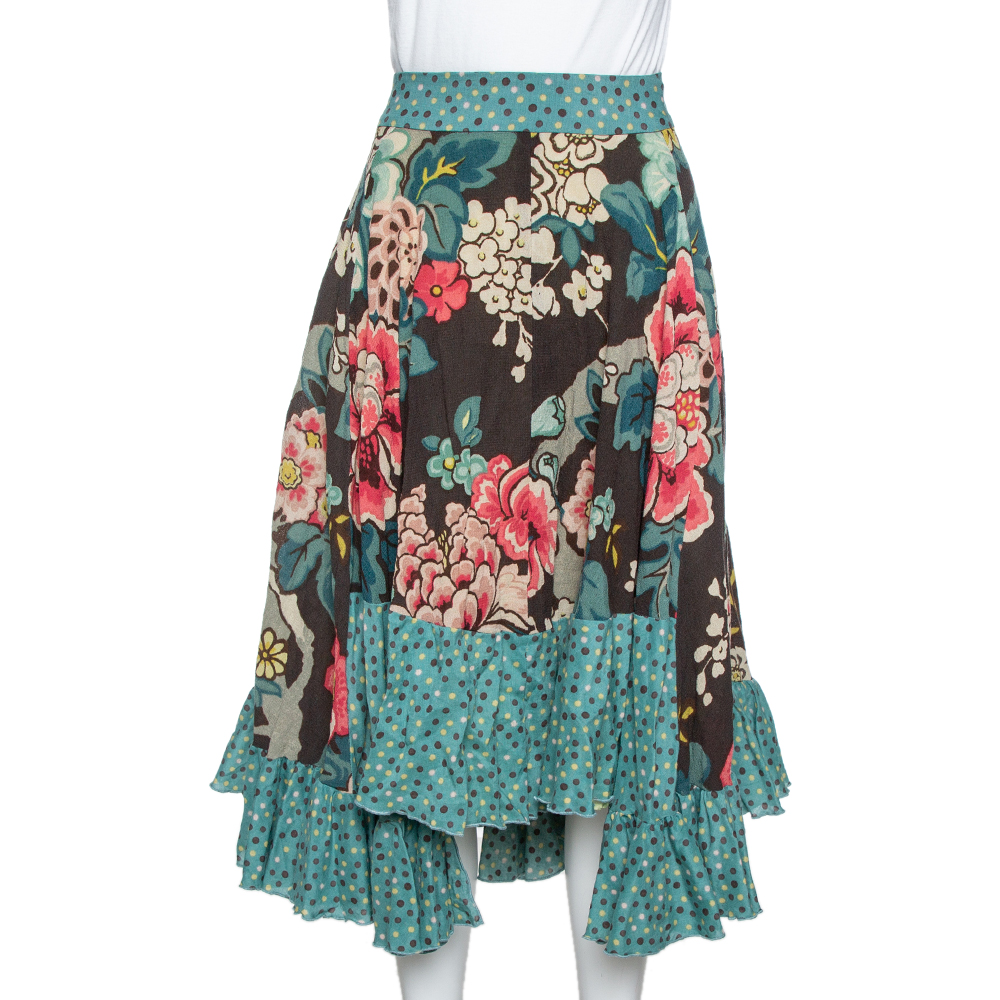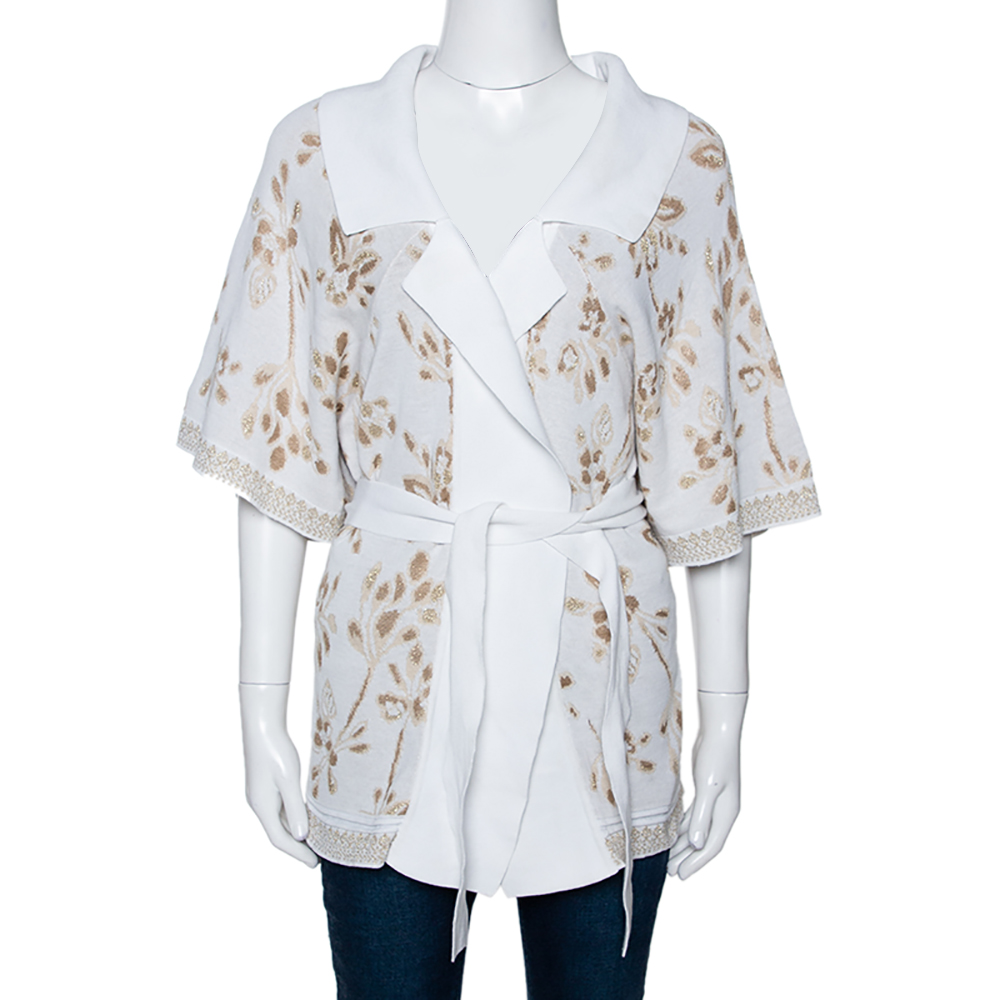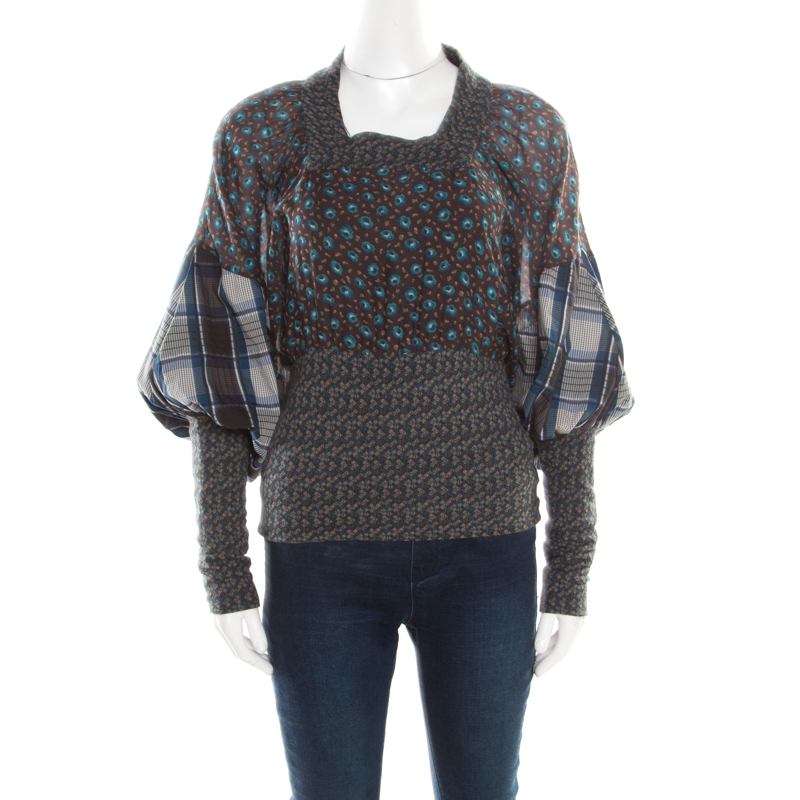Among the thousands of beautiful souls claimed by the coronavirus pandemic, one of the most recent in the world of fashion is the prolific designer, Kenzo Takada. He passed away in Paris on 4 October at the age of 81. Kenzo Takada was undoubtedly the most famous Japanese designer who brought Japanese culture and design to the international fashion landscape. He was not just loved for his colorful, free-spirited designs but also for his upbeat energy, his humble personality, and his contagious smile.

How It All Began?
Kenzo Takada was born in Himeji, Japan, in 1940. He attended the distinguished Bunka Fashion College in Tokyo, where he was one of the first few male students. In 1960, he won the prestigious Seon prize for his exemplary talent in fashion and subsequently started working as a designer for girls’ clothes in a department store. However, his deep interest in fabrics, designing, and fashion left him wanting more.
So, when he was given ten months’ rent as compensation for tearing down his apartment in preparation for the forthcoming Tokyo Olympics, he immediately leaped at the opportunity. Crossing the heartlands of China, India, and Africa, Kenzo Takada traveled to Paris in 1964.
There he started sketching and selling his designs to the likes of French designer, Louis Féraud. He also worked in several department stores for a few years. And finally, in 1970, he opened his first boutique in Paris and named it Jungle Jap. The boutique was a visual feast, painted in exotic tropical illustrations inspired by the famous French artist, Henri Rousseau. Located at Galerie Vivienne, this boutique also became the venue of his first-ever show presented in the Spring of 1970.
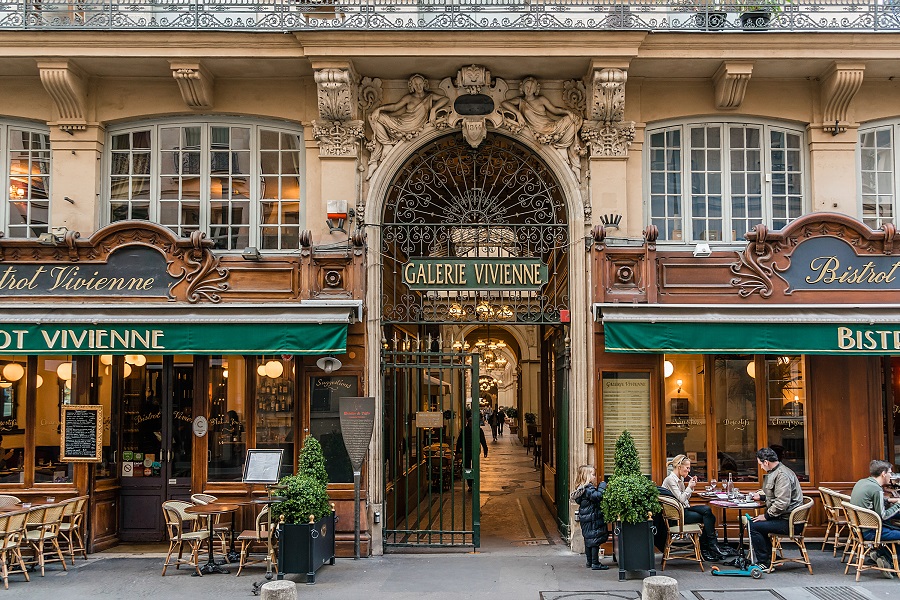
Although used with the intention of associating the word with a positive identity, the slur Jap was not taken well by the American community. Hence, Takada was compelled to rename his label due to this contention, and thus Kenzo was born. In the coming years, success came flowing for the designer. From his designs being featured in American Vogue in 1971 to starting a menswear line in 1983, Takada was soon a prominent figure in the fashion industry.
Why Kenzo became an instant hit?
Kenzo Takada’s designs were a fascinating contrast to everything that Paris had witnessed until his arrival. An artistic departure from couture, creations by Kenzo didn’t just look good on the runway but held high relevance off it as well. Takada subtly rejected the then preferred streamlined silhouettes and tailored suits in favor of free-flowing smock dresses, oversized dungarees, and relaxed separates. In a way, Kenzo was among the first few houses that pioneered pret-a-porter.
Best described as a beautiful hybrid of orient and occident styles, creations by Kenzo were vibrant, dramatic, and whimsical. They were characterized by colorful patterns, fanciful prints. and voluminous silhouettes that kindle a sense of freedom. And equally theatrical were the fashion shows hosted by Takada. Exuberant settings with lots of models, including the iconic French beauty Inès de la Fressange.
This nonconformity and fashion insurgence attracted the attention of people, and soon Kenzo creations were spotted on everybody, from fashion girls to models.
LVMH’s Entrance and Kenzo Takada’s Exit
Kenzo Takada was exceptionally talented. In addition to apparel, his creativity and ingenious ideas found inspiring manifestations in his perfume line launched first in 1988 and later in his homeware brand, K3.
In 1993, Takada sold his brand Kenzo to the French conglomerate LVMH. Later, he ultimately retired in 1999, leaving the reins of the brand in the hands of his trusted assistants, Gilles Rosier and Roy Krejberg.
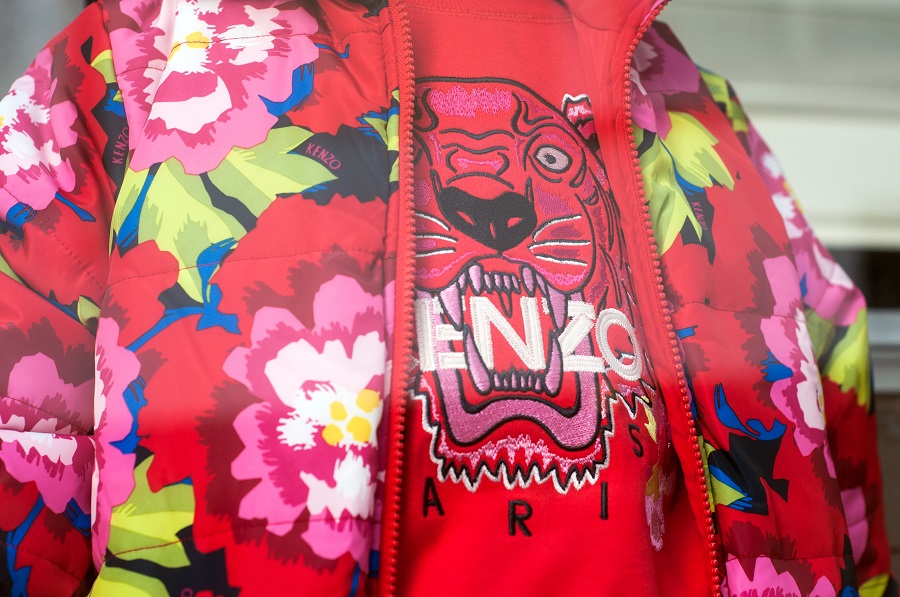
Explore Kenzo Takada’s Exoticism Through TLC’s Lens
In an attempt to celebrate Takada’s cheerful personality and his trailblazing fashion career, we have enlisted below a few pieces from the brand. These creations perfectly exhibit that the brand even today strongly upholds the signature romanticism and off-beat style of its iconic founder.
Each of these creations is characterized by a unique, deconstructed silhouette, an eye-popping color palette, quirky and eccentric patterns, prints, rich fabrics, and flawless tailoring. Attributes that are quintessentially Kenzo!
Finally, Kenzo Takada was a front runner in more ways than one. He decided to make a career in fashion when it was primarily a women-oriented industry in Japan. He braved and subsequently made it big in the fashion capital, Paris, despite being an outsider. With his choices, Takada always chased the impossible. His incredible success inspired many other Japanese designers who traveled West to find their voice in this mammoth world of fashion. Amongst many who followed his suit were also big names like Yohji Yamamoto and Rei Kawakubo.
He will always be remembered for his visionary work and the fascinating legacy he has left behind!
Farewell, Kenzo Takada!

